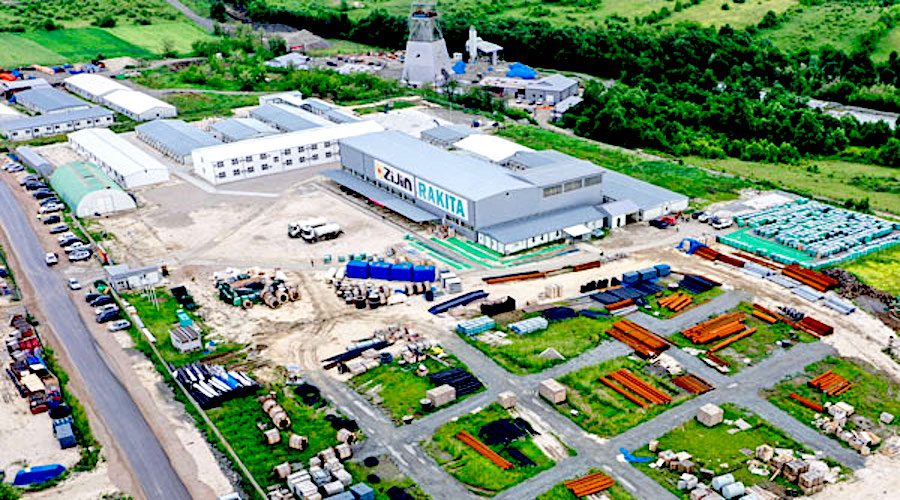
China’s Zijin Mining Group is said to be planning an expansion of its Cukaru Peki copper and gold mine in eastern Serbia, as demand for the metal is expected to surpass supply.
According to consulting firm McKinsey, the world’s transition to a greener economy will boost annual copper demand to 36.6 million tonnes by 2031. Supply is forecast to hit around 30.1Mt by the same year (from the current 22Mt), creating a 6.5Mt deficit at the start of the next decade.
Zijin, which opened the Cukaru Peki about two years ago, is now studying the possibility of drilling almost 2 km (1.25 miles) further down the pit.
“These are vast reserves, which require additional infrastructure, additional investment of around $3.5 billion to $3.8 billion,” Branko Rakocevic, the top Serbian official at the mine, told Bloomberg News.
Zijin, China’s largest gold miner and one of the country’s top copper producers, invested close to $678 million to bring Cukaru Peki into operations.
The asset, located in the eastern Bor region, is divided into an upper and a lower zone. Production at the upper zone reached 111,000 tonnes of copper and 152,000 ounces of gold last year and it is projected to produce 91,400 tonnes of copper and 2.5 tonnes of gold annually, with potential peak outputs of 135,000 tonnes of copper and 6.1 tonnes of gold.
Once the upper and lower zones of the mine are fully operational, Cukaru Peki is expected to position Serbia as Europe’s second-largest copper producing country.
Zijin bought the copper and gold complex in 2018, as the government auctioned it off to save thousands of jobs.
The miner is the sole owner of Cukaru Peki and runs two units in Serbia. One produces copper cathodes, gold, silver and sulfuric acid at facilities co-owned with the government. The other, Serbia Zijin Mining — the Cukaru Peki mine’s operator — exports copper concentrate to China, Canada, Bulgaria, Spain and Korea.
China has spent billions of euros in Serbia, as part of its belt and road initiative to open new foreign trade links for local companies.
Serbia’s government anticipates the country’s booming mining sector will start generating between 4% and 5% of its total GDP in less than 10 years, a significant increase from its current 2%.